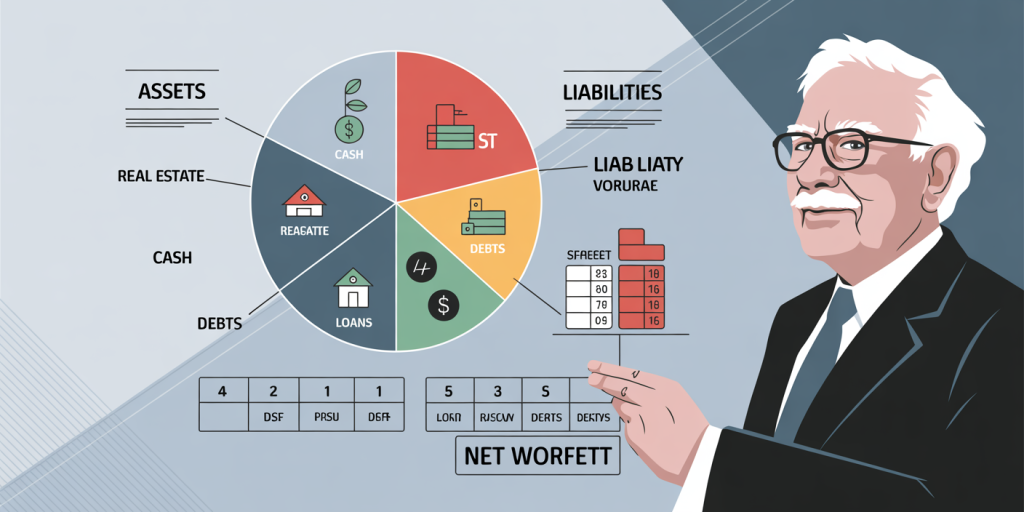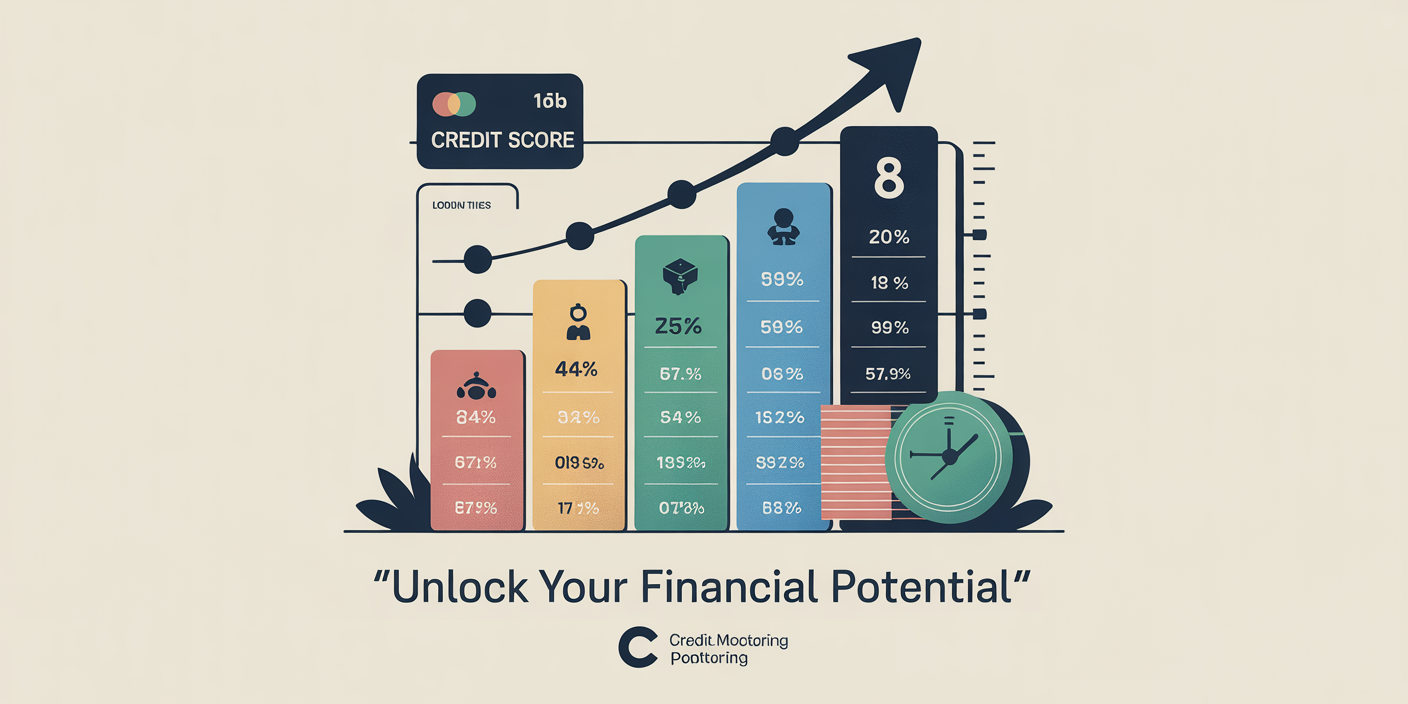Understanding the language of finance is essential for making informed personal and professional economic decisions. Whether you are a novice investor, a business owner, or simply managing daily expenses, grasping fundamental financial terminology enables better navigation through the complexities of money management. This article explores essential financial terms, their practical applications, and how they play a critical role in achieving financial goals.
In today’s global economy, where financial markets are increasingly accessible, knowledge of financial terms goes beyond the realm of experts. According to a survey by the National Financial Educators Council (NFEC), approximately 60% of adults admit to lacking confidence in their financial literacy. This gap can lead to costly mistakes, such as poor investments or unmanageable debt. By clarifying key terms and offering tangible examples, this guide aims to empower readers to take control of their finances responsibly.
Understanding Assets and Liabilities
One of the foundational concepts in finance is the distinction between assets and liabilities. Assets are resources owned by an individual or business that hold positive economic value. Examples include cash, real estate, stocks, and intellectual property. Assets can generate income or appreciate over time, contributing to wealth accumulation.

Liabilities, on the other hand, are financial obligations or debts owed to others. These include mortgages, credit card balances, loans, and unpaid bills. While liabilities are necessary at times—like using a mortgage to purchase a home—they essentially represent claims on your assets and reduce net worth.
Consider the real-life case of Warren Buffett, one of the world’s most successful investors. Buffett stresses the importance of acquiring productive assets over time and minimizing liabilities. His investment company, Berkshire Hathaway, holds assets worth billions, while prudently managing debts to maximize net assets.
A simplified example to illustrate net worth calculation:
| Item | Amount (USD) | Type |
|---|---|---|
| Home | $300,000 | Asset |
| Car | $20,000 | Asset |
| Savings Account | $15,000 | Asset |
| Credit Card Debt | $5,000 | Liability |
| Student Loan | $25,000 | Liability |
| Net Worth Calculation | $305,000 = (Assets – Liabilities) |
Understanding the interplay between these terms is crucial for creating personal balance sheets, evaluating financial health, and strategizing for growth.
Income, Expenses, and Cash Flow
Income and expenses form the backbone of personal and business finance. Income refers to money received, often derived from salaries, business profits, investments, or rental properties. Expenses are costs incurred for daily living or operational needs, such as groceries, utilities, salaries, or equipment purchases.
Cash flow is the net amount of cash moving in and out during a period. Positive cash flow means earning more than spending, which is crucial for sustainability. Negative cash flow, persistent in many personal finances, can lead to debt accumulation or bankruptcy.
To illustrate, let’s look at a practical example of an individual budget:
| Month | Income (USD) | Expenses (USD) | Net Cash Flow (USD) |
|---|---|---|---|
| January | $4,500 | $3,800 | $700 |
| February | $4,500 | $4,800 | -$300 |
In February, the individual faced a negative cash flow due to unexpected medical expenses, highlighting the importance of emergency funds. According to a 2023 report by Bankrate, nearly 63% of Americans can only cover a $1,000 emergency with difficulty, emphasizing the need for careful cash flow management.

In business contexts, managing cash flow effectively can be the difference between a thriving company and a failing one. For example, Apple Inc. reported a trailing twelve months (TTM) free cash flow of approximately $104 billion as of early 2024, enabling the company to invest in innovation and reward shareholders.
Credit Scores and Interest Rates: Their Impact on Borrowing

Credit scores and interest rates are interlinked financial terms that directly affect borrowing capacity and costs. A credit score is a numerical expression based on credit history, typically ranging from 300 to 850. It assesses an individual’s creditworthiness and risk to lenders.
Higher credit scores generally translate into lower interest rates on loans, making borrowing cheaper. Conversely, lower scores often result in higher rates or outright loan denial. For instance, a borrower with a credit score above 750 might secure an auto loan with an interest rate of 3%, while another with a score below 600 could pay rates exceeding 10%.
Compound interest further complicates borrowing costs. It refers to interest calculated on both the principal and accumulated interest, which can significantly increase debt over time. For example, if you have a $10,000 credit card balance at an annual interest rate of 20%, compounding monthly, your debt can grow dramatically if only minimum payments are made.
| Credit Score Range | Interest Rate (Auto Loan) | Likelihood of Approval |
|---|---|---|
| 750 – 850 | 3% – 5% | Very High |
| 650 – 749 | 6% – 9% | High |
| 550 – 649 | 10% – 15% | Medium |
| Below 550 | 15%+ | Low |
Improving credit scores through timely bill payments, reducing debt-to-income ratio, and correcting errors on credit reports can substantially lower borrowing costs, as advocates like the Consumer Financial Protection Bureau (CFPB) confirm.
Investments and Risk Management
Investing is a key component of wealth-building, involving the allocation of money into assets expected to generate returns. Common forms of investments include stocks, bonds, mutual funds, real estate, and commodities.
Risk management is vital when investing. Different asset classes present varying levels of risk and return, influencing portfolio decisions. For example, stocks tend to offer higher returns but come with greater volatility compared to bonds. Diversification—the strategy of spreading investments across multiple asset classes—helps reduce risk.
A real-world illustration is the 2008 financial crisis, where overexposure to high-risk mortgage-backed securities resulted in massive losses globally. Learning from this, many investors now implement more rigorous risk assessments and diversify portfolios for stability.
Here is a comparative table summarizing typical investment options and related risk levels:
| Investment Type | Expected Annual Return | Risk Level | Liquidity |
|---|---|---|---|
| Stocks | 7% – 10% | High | High |
| Bonds | 3% – 5% | Medium | Medium |
| Real Estate | 6% – 8% | Medium to High | Low |
| Savings Accounts | 0.5% – 2% | Very Low | High |
| Mutual Funds | 5% – 8% | Medium | High |
Knowledge of financial terms such as “dividend,” “capital gain,” “yield,” and “volatility” empowers investors to comprehend market activities and make informed choices aligned with their objectives and risk tolerance.
Budgeting and Financial Planning
Budgeting is the process of forecasting income and expenses to ensure financial goals are achievable. It promotes discipline and helps avoid overspending. Financial planning expands beyond budgeting by considering long-term goals, retirement, education expenses, and insurance needs.
Practical budgeting tools like the 50/30/20 rule, which allocates 50% of income to needs, 30% to wants, and 20% to savings or debt repayment, offer manageable frameworks for individuals. For example, a monthly income of $5,000 would be divided as $2,500 for essentials, $1,500 for discretionary purchases, and $1,000 for savings.
Companies also rely heavily on financial planning to optimize resources and forecast growth. Amazon’s annual financial reports demonstrate meticulous planning, balancing aggressive reinvestment strategies with cost management to maintain profitability over time.
The Future of Financial Literacy and Technology
The landscape of financial literacy is rapidly evolving, driven by technology and shifting economic dynamics. Digital platforms and mobile applications now offer tools to track expenses, invest, and access credit reports in real-time, making financial management more accessible than ever.
Artificial intelligence and machine learning are poised to personalize financial advice, detect fraud, and optimize investment portfolios with unprecedented precision. For instance, robo-advisors like Betterment and Wealthfront have democratized investment management, lowering fees and barriers to entry.
Nevertheless, challenges remain. A 2024 Gallup poll revealed that financial literacy rates in the US have plateaued, calling for continued education efforts and innovation in financial tools to bridge knowledge gaps.
The future also includes potential regulatory changes targeting transparency in lending practices, cryptocurrency management, and ESG (Environmental, Social, and Governance) investing—a growing trend reflecting consumer and investor values.
By mastering these key financial terms—assets, liabilities, income, expenses, credit scores, investments, budgeting, and beyond—individuals and businesses alike can make smarter, more confident decisions. Financial literacy is no longer optional but an essential skill for thriving in a complex economic environment. Keeping abreast of evolving tools and trends will continue to enhance this vital competence in the years ahead.

Deixe um comentário